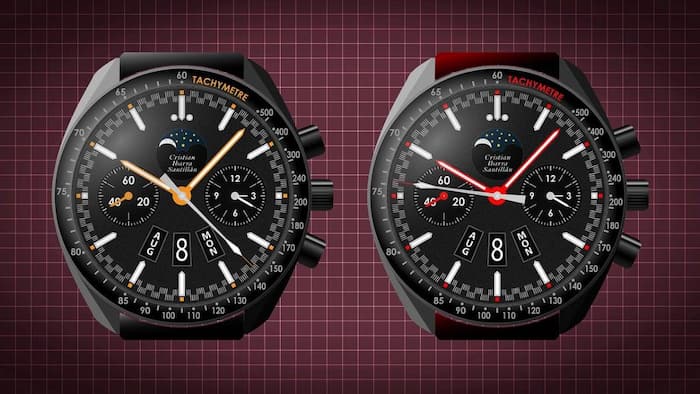
Written By Deepti Ratnam
Published By: Deepti Ratnam | Published: Aug 12, 2024, 02:19 PM (IST)

According to a recent report by the International Data Corporation (IDC), the wearables market in India experienced a significant downturn in the second quarter of 2024, with shipments falling by 10% year-over-year. This decline marks a stark contrast to the sector’s previous growth trends, signaling potential challenges ahead for manufacturers and retailers. Also Read: Apple Watch Alerts Help 57-Year-Old Woman Discover Brain Tumour After Mistaking Symptoms For Stress
The IDC report highlights that the overall shipments of wearables, including smartwatches, fitness bands, and wireless earphones, reached 18.3 million units in Q2 2024, down from 20.4 million units in the same period the previous year. The decline is attributed to several factors, including a slowdown in consumer demand, market saturation, and increasing competition from global and local brands offering more affordable options. Also Read: Apple Drops the Plan for a Camera on the Apple Watch and Shifts Focus to Smart Glasses
Smartwatches, the fastest-growing segment within the wearables market, also witnessed a decline in shipments. However, they continue to be the undisputed leaders, maintaining a significant 60% share of the total wearables market. The drop in demand for fitness bands was even more pronounced, as consumers increasingly prefer feature-rich smartwatches over basic fitness trackers. Also Read: New skin-like wearable LED screen can track health
The IDC report also notes that rising inflation and economic uncertainty have contributed to the subdued consumer spending on non-essential gadgets like wearables. Despite ongoing efforts by brands to introduce new features such as advanced health monitoring, voice assistants, and improved battery life, and improve the user experience through better design and more intuitive interfaces, the market is hitting a plateau, particularly in urban areas with high adoption rates.
Industry experts emphasize that to reignite growth, wearable manufacturers must prioritize innovation. This could involve integrating advanced health monitoring features and improving battery life. Moreover, the untapped rural market presents a promising avenue for expansion, offering a hopeful direction for the future.
As the wearables market in India grapples with these challenges, the upcoming quarters will be pivotal for brands to adapt their strategies. This adaptation is crucial to reignite consumer interest and drive sales in a competitive landscape.